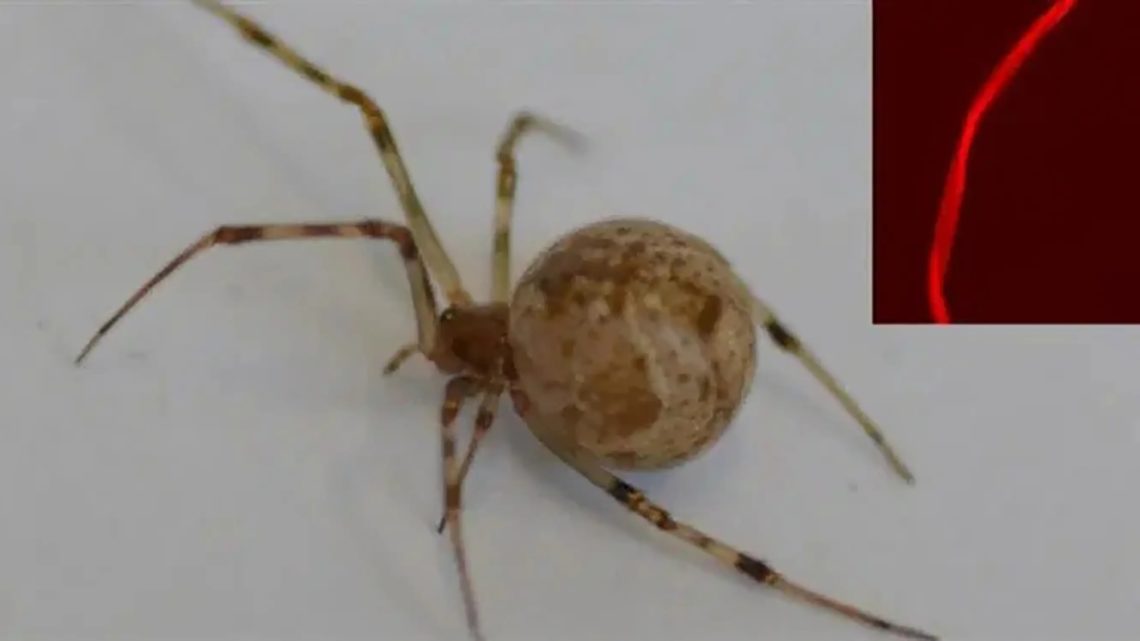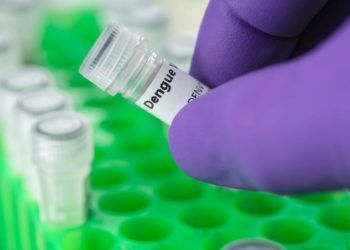By now, CRISPR has sliced and diced its way through the genomes of everything from bananas to beagles to babies. CRISPR tech’s latest target is the humble and terrifying spider. Scientists gave spiders red, glow-in-the-dark silk so we can finally have an organic option when selecting Halloween decorations.
At the University of Bayreuth, a team of researchers successfully edited the DNA of the common house spider (Parasteatoda tepidariorum) to spin silk that glows red under fluorescent light. They published their results in Angewandte Chemie, a scientific journal covering cutting-edge biochemistry.
The gene-editing process used CRISPR-Cas9, a gene editing tool that lets scientists precisely slice into and modify DNA sequences, kind of like a pair of molecular scissors that can help fix genetic errors or create entirely new traits, like glowing spider silk.
To make it work, researchers had to knock out the spiders with anesthesia, stab them in the ovaries with a microscopic needle, and inject them with CRISPR plus a red fluorescent protein gene. Then came the spider matchmaking process, which involved breeding them and hoping they wouldn’t eat each other, which spiders tend to do. You’re trying to run a science experiment for the betterment of mankind, and your subjects start eating each other. It could be a bit of a setback.
Some of the baby spiders produced silk that glowed red, a clear sign that the gene edit worked. Others, meanwhile, were born without eyes. That wasn’t some horrifying scientific mishap. That was intentional. It was a part of a side experiment using CRISPR to perform what’s called a “knock out,” which is when the gene editing tool is used to disable a specific gene, in this case, a gene suspected to be crucial for eye development. It worked.
Aside from the potential to create a whole new class of terrifying spiders, this breakthrough actually matters and has some real-world applications. Spider silk is stronger than steel, ultra-light, and significantly tougher than it seems. Making it glow, or maybe even giving it enhanced properties, could make one of nature’s strongest naturally occurring materials even stronger, potentially allowing us to create a superstrong and yet ecologically friendly material that doesn’t create as much pollution as, say, Kevlar.
If all this doesn’t work out using spiders, the researchers can probably turn to CRISPR-edited silkworms, which can be formed in enormous numbers and, as an added benefit, don’t eat each other.
The post The World’s First Genetically Modified Spider Spins Glowing Red Silk appeared first on VICE.




